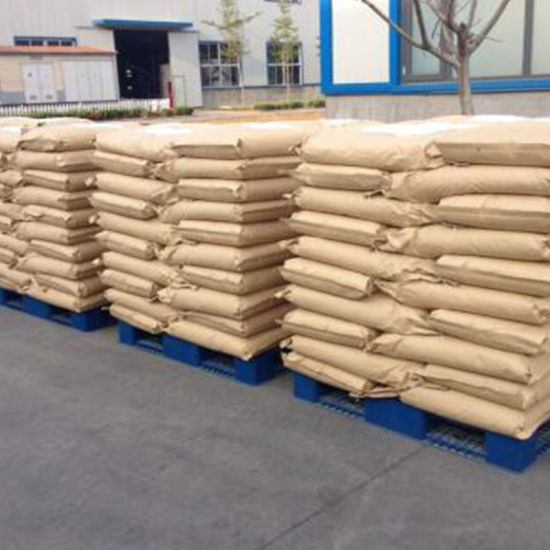Assessing Excellence: Methods for Evaluating the Efficiency of Anionic Polyacrylamide Flocculant in Water Treatment
2024-02-26
In the realm of water treatment, the efficacy of flocculants is paramount for achieving desired treatment outcomes, ensuring regulatory compliance, and optimizing process efficiency. Anionic polyacrylamide flocculant, celebrated for its prowess in promoting flocculation and sedimentation, undergoes rigorous evaluation to assess its efficiency in water treatment processes. In this blog, we'll explore some common methods used to evaluate the efficiency and efficacy of anionic polyacrylamide flocculant, providing insights into the tools and techniques employed by water treatment professionals.
1. Jar Testing:
Jar testing serves as a fundamental method for assessing the performance of anionic polyacrylamide flocculant in water treatment. By conducting a series of batch tests with varying flocculant dosages, pH levels, mixing intensities, and settling times, water treatment professionals can evaluate the flocculation kinetics, settleability of flocs, and clarity of supernatant to optimize treatment conditions.
2. Turbidity and Suspended Solids Measurement:
Turbidity and suspended solids measurements provide quantitative indicators of treatment efficiency and water clarity. By monitoring changes in turbidity levels and suspended solids concentrations before and after flocculation, water treatment professionals can assess the effectiveness of anionic polyacrylamide flocculant in removing particulate matter and achieving desired treatment goals.
3. Settling Rate Analysis:
Settling rate analysis involves measuring the settling velocity or settling rate of flocs formed during flocculation. By conducting settling tests in settling columns or settling cones and monitoring the sedimentation behavior of flocs over time, water treatment professionals can evaluate the settling characteristics and sedimentation efficiency of anionic polyacrylamide flocculant.
4. Floc Size and Morphology Analysis:
Microscopic examination and image analysis techniques enable water treatment professionals to characterize the size, shape, and morphology of flocs formed during flocculation. By quantifying floc size distribution, compactness, and structure, researchers can gain insights into the flocculation mechanism and optimize flocculant dosage and treatment conditions accordingly.
5. Zeta Potential Measurement:
Zeta potential measurement provides valuable information about the surface charge of suspended particles and the flocculant-particle interactions. By analyzing changes in zeta potential before and after flocculation, water treatment professionals can assess the effectiveness of anionic polyacrylamide flocculant in destabilizing particles and promoting aggregation.
6. Floc Strength and Rheological Properties:
Rheological measurements, such as floc strength and viscoelasticity analysis, offer insights into the mechanical properties and stability of flocs formed during flocculation. By assessing floc strength, deformation behavior, and response to shear forces, researchers can evaluate the robustness and resilience of flocs formed with anionic polyacrylamide flocculant.
7. Filtration Performance:
Filtration tests, such as filterability analysis and filter cake formation studies, provide information about the filtration performance and dewaterability of flocculated sludge. By measuring filtration rates, filter cake thickness, and solids capture efficiency, water treatment professionals can evaluate the effectiveness of anionic polyacrylamide flocculant in improving filterability and enhancing solid-liquid separation.
In conclusion, the assessment of anionic polyacrylamide flocculant efficiency in water treatment processes encompasses a variety of methods, ranging from jar testing and turbidity measurement to settling rate analysis and floc morphology characterization. By employing these comprehensive evaluation techniques, water treatment professionals can gain valuable insights into the performance of anionic polyacrylamide flocculant and optimize treatment conditions to achieve desired treatment objectives efficiently and effectively.



